Welcome to York.
York, in many ways, is a quintessential English town. Mediaeval and Tudor buildings line cobblestone streets, whilst much of the wall that protected York in these former days still surrounds a great deal of the perimeter of the city.
York is also full of those very English establishments, the tea room and the English pub. We visited both during our day trip there recently!
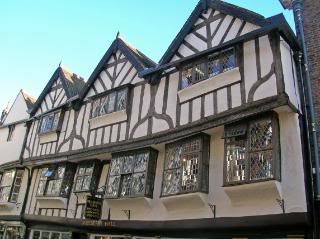
In some ways, a visit to York is a journey back in time, before there were cars (they are banned in the old parts of the city) and where the architecture and shops reflect an older, more communal age of markets and gathering places.

In some ways, a visit to York is a journey back in time, before there were cars (they are banned in the old parts of the city) and where the architecture and shops reflect an older, more communal age of markets and gathering places.
The first place we visited was the Treasurer’s House, a mediaeval building behind the York Minster. It was built in 1419 as a home for the treasurer (and treasures) of the Minster, and remained in this capacity until 1547, when it was sold to a private owner.

This original home to the treasurers of York Minster was also built over a Roman road, a fact that was to become significant in the 1950s. After a string of owners who allowed the building to deteriorate, the house was carefully restored between 1897 and 1930 by a wealthy local industrialist called Frank Green. Rather than restore the rooms to their original time period, he chose to decorate his rooms to represent different historical periods and styles, one example of this being a mediaeval entry hall. The property is now owned by the National Trust, who describe the house as being furnished in the style of four different centuries. The house also has a very pretty garden, with sculptures and water features.
Already having a reputation of being one of the most haunted buildings in York (this is a claim made by many York buildings!), this reputation was truly cemented in 1953. We were told the following story in a special tour of the cellar. A young plumber, Harry Martindale, was working alone in the cellar when he heard a trumpet. Thinking it was a loud radio, he ignored it. The trumpet got louder however, and a Roman soldier emerged through the wall. He was quickly followed by another, then a horse mounted with a third also appeared. Harry managed to scramble into a corner, from where he watched a group of Roman soldiers marching past.
Harry reported that the ghosts were only visible above the knees. Excavations later revealed that a Roman road ran beneath the cellar floor, just where the ghostly soldiers were marching past him. After the last one disappeared, he got out of the cellar and sat on the stairs. His face must have spoken for him, as the foreman overseeing the building walked past and said "I see you’ve seen the Roman soldiers." Alas, no spooky Roman soldiers appeared to our party in the cellar, nor di we see any of the other spooks reputed to haunt the place.
Next door to the Treasurer's House is York Minster, which is considered to be the largest Gothic cathedral in northern Europe. The Archbishop of York ranks second behind the Archbishop of Canterbury. York Minster is also famous for its beautiful stained glass windows. Much of it was constructed in mediaeval times and the East Window, (finished in 1408) is the largest expanse of medieval stained glass in the world.
In 1984 the Minster was extensively damaged by fire and much of the building and the glass had to be repaired. We enjoyed walking through the Minster gardens, and later we attended the service of Evensong where a visiting Dutch choir sang.
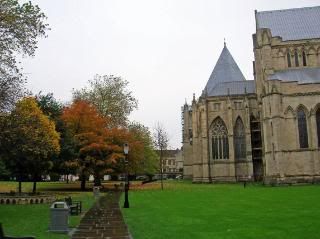
The Streets of York are quite busy, with locals and tourists alike enjoying the mediaeval atmosphere and the bustle of the shoppers and sight seers. One of the first sights that greeted us was a busker. As well as being an authentic sounding fiddle player, he enlivened his act with the addition of an impish puppet, which he caused to dance by a system controlled by a rod and wires attached to his belt.
It reminded us of the legends where the devil was believed to be present in the music of the fiddle, especially if played on Sunday (the very day we happened to be there).
The Shambles are York’s oldest buildings, built in the 15th century, though they were first mentioned in the Domesday Book commissioned by William the Conquerer. They lean towards each other across the cobbled street, and York publicity claims that you can shake hands from top window to top window.
The name "shambles" derives either from the mediaeval word Shamel, which meant booth or bench., or Flesshammel, a word with meaning around flesh. Historically the Shambles was a street of butchers shops and livestock was slaughtered there. The meat was then served over what are now the shop window bottoms, and it was these that were known as the Shamels.
The street now has shops such as tea rooms, jewellery, antiques and gift shops catering to tourists rather than meat buyers. It is also home to a shrine, that of Margaret Clitherow, who continued to practise Catholicism and also provided refuge for Catholic priests. She also allowed regular Masses to be said in her house, and hid clergy vestments there. She was arrested in1586, and was condemned to death by pressing (crushed beneath a heavy weight). She was canonised in 1970.

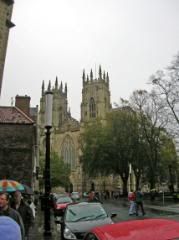
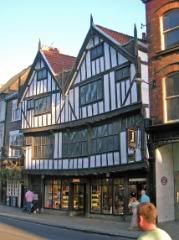
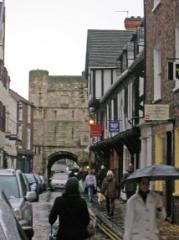
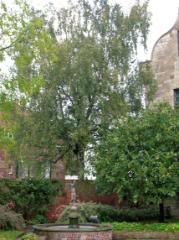
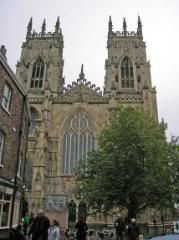
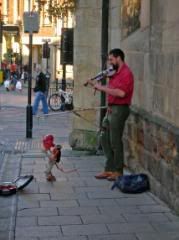
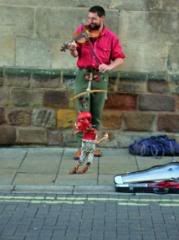


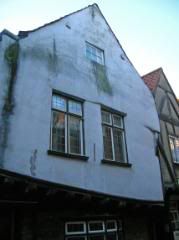

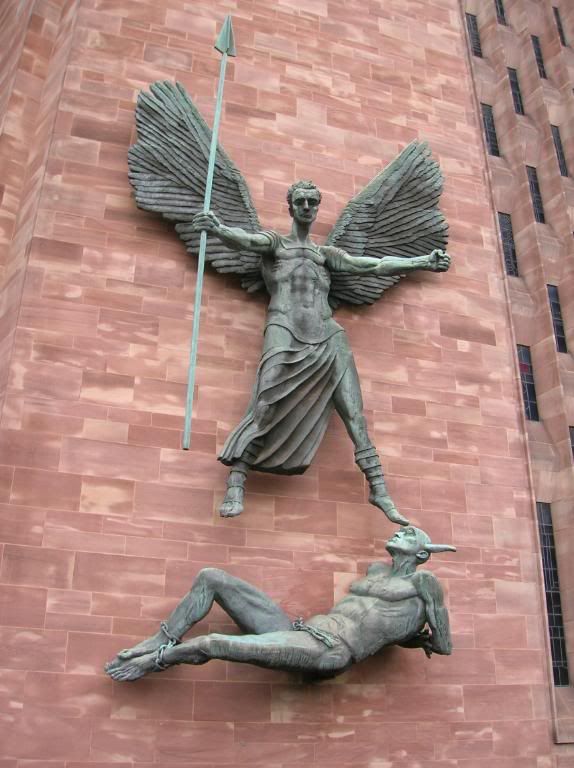

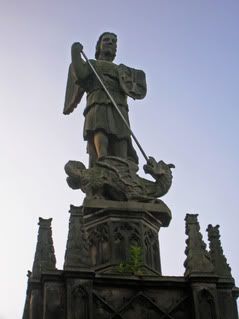
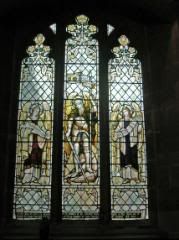
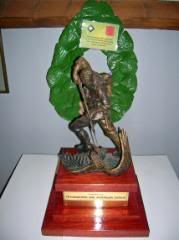


1 comment:
We have a similar photo of a busker in York but it's a toddler dancing in front rather than a puppet. Brings back lots of memories.
Post a Comment